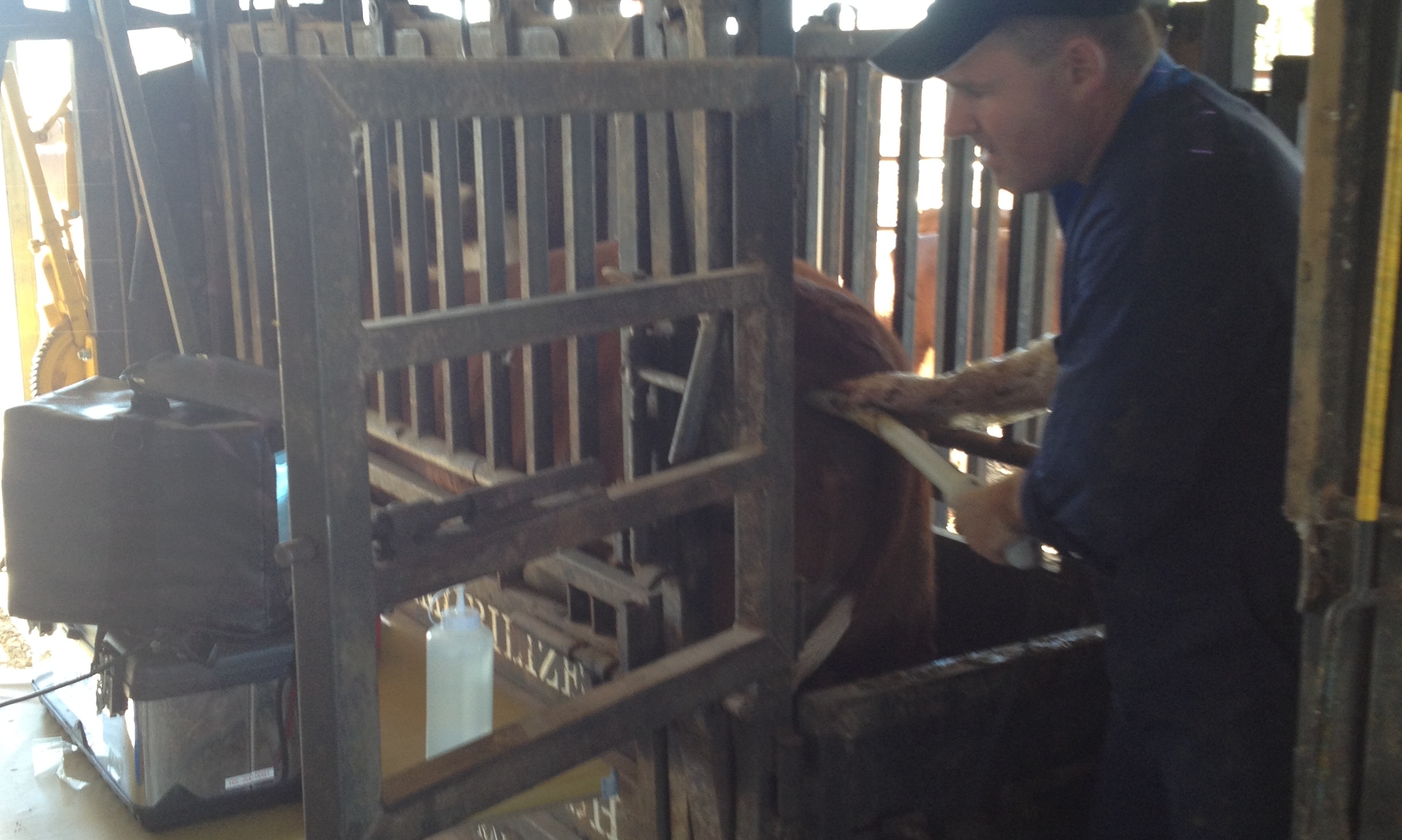This week I was tagged on Facebook under a comment regarding data collection. The comment referred to a practice of recording the ratio of weaning weight against dam weight. This is a comparison often used in the U.S.
I have to be honest; my initial reaction was to be a bit surprised. Not by being asked if it was a method I used or recommended. Rather, my surprise stemmed from this data itself.
I’m not saying this data isn’t useful. For some people I’m sure it could be a useful piece of data. However, for me, and for most of my clients, its not the first thing I’d be looking at when I’m analyzing a business.
In previous blogs I’ve talked about focusing on the important traits within a herd, and on the importance of using data to drive innovation. I’m still not sure that many producers are doing either of these as well as they could be.
I’m a very strong believer that making the most of your resources and investments to date is the first thing you should focus on. Too often I see producers chasing fads, pursuing new options without ever realizing the potential of their current program.
The only way you will ever realize your programs potential is to measure it and compare it over time. The measurements have to be relevant! There has to be a point in recording it.
The point of recording is to establish where you are, and then to set some plans in place to maintain or improve your position. So the whole point of recording is to focus on the resource you have!
My second strong belief is you should always grab the big wins first! To me, weaning ratio against mature cow weight isn’t a big win for most people. Its something you may choose to focus on when you’ve ticked all the big-ticket items off.
So what are those big ticket items? I know I’ve written about them before. However for a breeding program they are:
Conception rate (number of cows pregnant / number joined x 100)
Weaning rate (number of calves weaned / number joined x 100)
There is an important point to this. Weaning rate isn’t the number of calves weaned from the total number of pregnant cows. It’s against your total breeders joined.
There is an additional big ticket item, which is calving percentage (number of calves / number joined X 100). Again it has to be measured against total joinings.
The point of this? Well it helps you identify fertility rate in your herd. It assists you to clarify calving losses and weaning losses against your total numbers.
I’ve come across many issues that happen post preg testing. These range from mid term abortion losses to dystocia and predation. Having data helped focus problem solving onto those issues that were costing the program in a big way.
My additional big ticket items? Well I like to know the numbers of cows calving at the start, middle and end of a set calving period. If the numbers indicate a trend towards the middle and end, that highlights a real risk that cows are going into calf late. If it isn’t addressed, those cows run a risk of falling out of a 12 month calving interval.
In turn that lets me ask about weaning weights and perhaps then I may start looking at ratios. But by then I reckon we have gotten the big ticket items sorted, and now we can start selecting on individual performance.
So my question to you is what’s the point of the data you’re collecting? Is it able to be used to fix the big-ticket items? Can you use it to maximize the resources and investments you have? If it can’t, then maybe you need to re-evaluate your collection. And if you think you have the big tickets sorted, now you might be ready to fine-tune your program further with more targeted individual data.
And if you’re not really sure and you want to have a fresh set of eyes have a look, maybe its time to give me a call and get the independent assessment your business needs!








